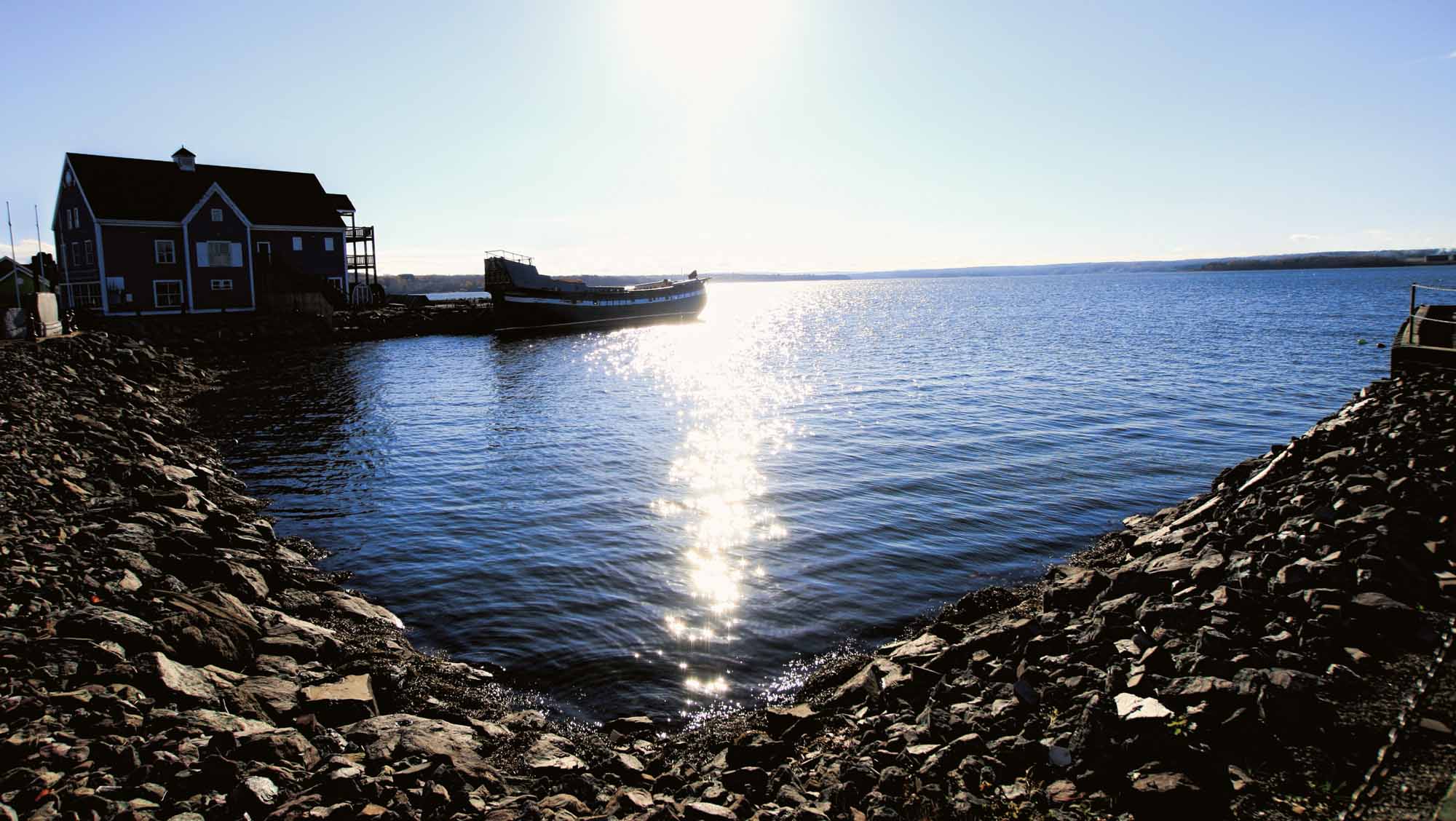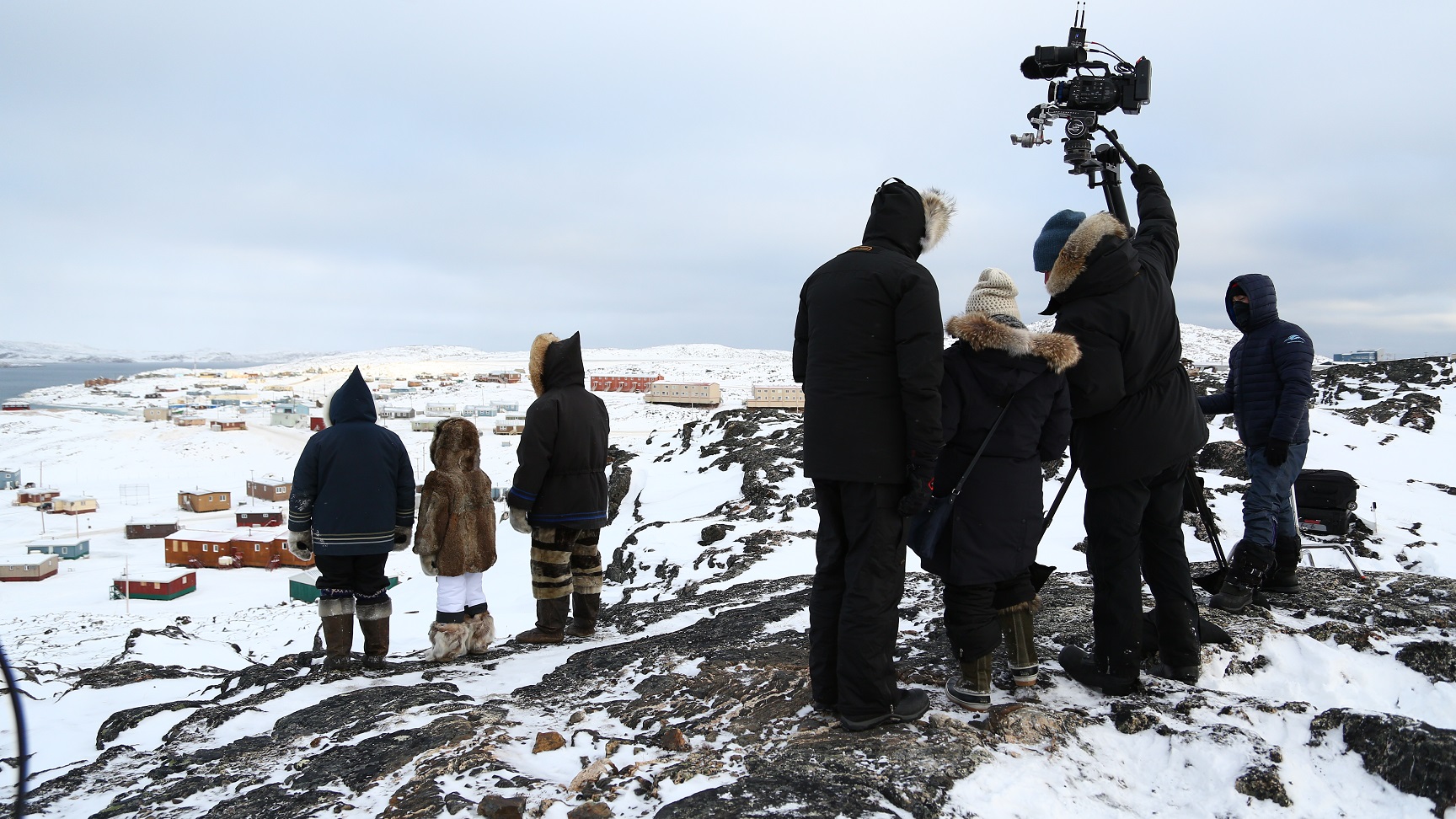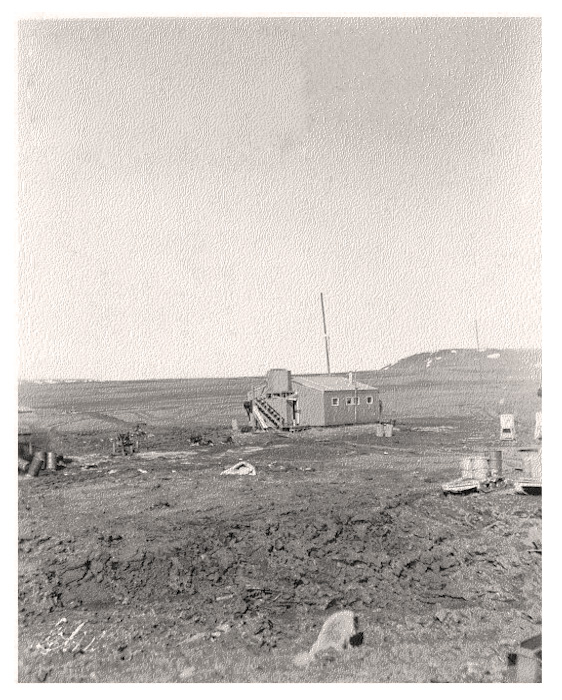Browse "Science & Technology"
-
Article
Heat Wave
A heat wave is usually defined as a period of 3 or more consecutive days with temperatures of 32° C or higher. High HUMIDITY is not a requisite, yet most, but not the worst, heat waves are oppressively humid.
"https://development.thecanadianencyclopedia.ca/images/tce_placeholder.jpg?v=e9dca980c9bdb3aa11e832e7ea94f5d9" // resources/views/front/categories/view.blade.php
https://development.thecanadianencyclopedia.ca/images/tce_placeholder.jpg?v=e9dca980c9bdb3aa11e832e7ea94f5d9
-
Article
Hector
Hector, the ship which carried 178 Scottish immigrants to the Pictou area of northern Nova Scotia in 1773. Pictou was located on the "Philadelphia Plantation," an 81 000 ha tract granted to 14 Scots proprietors and settled desultorily since 1767.
"https://d2ttikhf7xbzbs.cloudfront.net/media/media/a0a529f1-d15d-4956-b0be-6b66feaa1bd1.jpg" // resources/views/front/categories/view.blade.php
https://d2ttikhf7xbzbs.cloudfront.net/media/media/a0a529f1-d15d-4956-b0be-6b66feaa1bd1.jpg
-
Article
Helicopter
Control was the problem, and the men who showed the way to the practical helicopter were Juan de la Cierva of Spain, with his autogyros, Heinrich Rocke of Germany and Igor Ivanovich Sikorsky of Russia and the US.
"https://d2ttikhf7xbzbs.cloudfront.net/media/media/098aa086-dfcf-4c65-a548-365e130e24e4.jpg" // resources/views/front/categories/view.blade.php
https://d2ttikhf7xbzbs.cloudfront.net/media/media/098aa086-dfcf-4c65-a548-365e130e24e4.jpg
-
Article
Héma-Québec
Héma-Québec is a Canadian nonprofit organization that serves as the primary blood authority in the province of Quebec. Its role and mission are nearly identical to that of Canadian Blood Services, though its work is focused exclusively in Quebec. Though it is separate from Canadian Blood Services, the two organizations cooperate and coordinate with one another and together form an integral part of Canada’s health-care system. Both are responsible for ensuring a steady supply of blood, plasma and other blood products for Canadian health-care needs.
"https://d2ttikhf7xbzbs.cloudfront.net/hemaquebec/hemaquebec.jpg" // resources/views/front/categories/view.blade.php
https://d2ttikhf7xbzbs.cloudfront.net/hemaquebec/hemaquebec.jpg
-
Article
Henri J. Breault
Henri Joseph Breault, medical doctor, anti-poisoning advocate (born 4 March 1909 in Tecumseh, ON; died 5 September 1983 in Exeter, ON). Breault is known for spearheading a national campaign to prevent accidental childhood poisonings. He advocated for the development of the Palm-N-Turn, a safety cap that drastically reduced child deaths due to poisoning in Canada and around the world.
"https://d2ttikhf7xbzbs.cloudfront.net/HenriJBreault/hbreaultcmhf-1.jpg" // resources/views/front/categories/view.blade.php
https://d2ttikhf7xbzbs.cloudfront.net/HenriJBreault/hbreaultcmhf-1.jpg
-
Macleans
Hepatitis C Package Controversy
From the moment he first stood in the House of Commons in 1993 as a rookie MP and cabinet minister, Allan Rock claimed to be repulsed by the Kabuki ritual of parliamentary Question Period.
"https://development.thecanadianencyclopedia.ca/images/tce_placeholder.jpg?v=e9dca980c9bdb3aa11e832e7ea94f5d9" // resources/views/front/categories/view.blade.php
https://development.thecanadianencyclopedia.ca/images/tce_placeholder.jpg?v=e9dca980c9bdb3aa11e832e7ea94f5d9
-
Article
Herbarium
A herbarium (Lat herba, "herb," formerly any medicinal plant) is a collection of dried specimens of plants mounted on sheets of heavy paper and stored in cabinets or bound in book form, as well as the building that houses such a collection.
"https://development.thecanadianencyclopedia.ca/images/tce_placeholder.jpg?v=e9dca980c9bdb3aa11e832e7ea94f5d9" // resources/views/front/categories/view.blade.php
https://development.thecanadianencyclopedia.ca/images/tce_placeholder.jpg?v=e9dca980c9bdb3aa11e832e7ea94f5d9
-
Collection
Heritage Minutes
The Heritage Minutes collection is a bilingual series of history-focused public service announcements. Each 60-second short film depicts a significant person, event or story in Canadian history. They are produced by Historica Canada, the not-for-profit organization that also publishes this encyclopedia. First released in 1991, the Heritage Minutes have been shown on television, in cinemas and online. They have become a recognizable part of Canadian culture. The collection currently includes 100 episodes.
"https://d2ttikhf7xbzbs.cloudfront.net/media/media/1bfa3d45-2952-4f79-b7d4-4c6cb6601164.jpg" // resources/views/front/categories/view.blade.php
https://d2ttikhf7xbzbs.cloudfront.net/media/media/1bfa3d45-2952-4f79-b7d4-4c6cb6601164.jpg
-
Macleans
Hi-Tech Education Controversy
The handsome redbrick building, its flag snapping in the breeze, looks every bit the traditional schoolhouse.This article was originally published in Maclean's Magazine on August 26, 1996
"https://development.thecanadianencyclopedia.ca/images/tce_placeholder.jpg?v=e9dca980c9bdb3aa11e832e7ea94f5d9" // resources/views/front/categories/view.blade.php
https://development.thecanadianencyclopedia.ca/images/tce_placeholder.jpg?v=e9dca980c9bdb3aa11e832e7ea94f5d9
-
Article
High Arctic Weather Stations
High Arctic Weather Stations, managed by the Monitoring and Science Division, Prairie and Northern Region of Environment Canada, began as the Joint Arctic Weather Stations. The plan for a network of Arctic weather bases was approved by the US on 12 February 1946, and on 28 January 1947 Cabinet formally agreed to participate. Between 1947 and 1950, five sites were selected and built jointly by Canada and the US (at Eureka, Isachsen, Mould Bay, Resolute and Alert) to provide the data required for the understanding and prediction of meteorological phenomena on a hemispheric scale and, more specifically, to improve weather predictions for North America. The meteorological data collected is also used by forecasting offices, airlines, northern shipping, climatology studies and research.
"https://d2ttikhf7xbzbs.cloudfront.net/media/media/7d9ae9bd-0e9d-4d89-b8aa-b9c3b6f79d0c.jpg" // resources/views/front/categories/view.blade.php
https://d2ttikhf7xbzbs.cloudfront.net/media/media/7d9ae9bd-0e9d-4d89-b8aa-b9c3b6f79d0c.jpg
-
Macleans
High Cost of Healing
Despite how it may seem some days as the public tunes into the debate over health-care funding, governments in Canada have not turned off the tap. Canadians spent an estimated $76.6 billion on health care in 1997, up from $75.This article was originally published in Maclean's Magazine on June 15, 1998
"https://development.thecanadianencyclopedia.ca/images/tce_placeholder.jpg?v=e9dca980c9bdb3aa11e832e7ea94f5d9" // resources/views/front/categories/view.blade.php
https://development.thecanadianencyclopedia.ca/images/tce_placeholder.jpg?v=e9dca980c9bdb3aa11e832e7ea94f5d9
-
Macleans
High-Tech Artificial Limbs
This article was originally published in Maclean’s magazine on March 13, 1995. Partner content is not updated. Adele Fifield was just 13 years old when a doctor told her that she had cancer in her knee - and that surgeons would have to amputate her left leg. "My initial reaction was disbelief," recalls Fifield. "For days, my ears seemed to ring from the shock.
"https://development.thecanadianencyclopedia.ca/images/tce_placeholder.jpg?v=e9dca980c9bdb3aa11e832e7ea94f5d9" // resources/views/front/categories/view.blade.php
https://development.thecanadianencyclopedia.ca/images/tce_placeholder.jpg?v=e9dca980c9bdb3aa11e832e7ea94f5d9
-
Article
High Technology
Technology, along with labour, capital, resources and management, is one of the essential components of industrial production. Most classes of industry require some technological input, but the amount varies widely among industrial sectors.
"https://development.thecanadianencyclopedia.ca/images/tce_placeholder.jpg?v=e9dca980c9bdb3aa11e832e7ea94f5d9" // resources/views/front/categories/view.blade.php
https://development.thecanadianencyclopedia.ca/images/tce_placeholder.jpg?v=e9dca980c9bdb3aa11e832e7ea94f5d9
-
Article
Motor Vehicle Disasters in Canada
Numerous tragedies have unfolded on Canadian roads and highways, the deadliest being a bus crash that killed 44 people in Quebec in 1997. Despite the death toll in such headline-grabbing disasters, Canada’s motor vehicle fatality and injury rates are steadily declining, thanks to engineering improvements in vehicles, and the increasing promotion and awareness of safe driving practices.
"https://d2ttikhf7xbzbs.cloudfront.net/media/Twitter_Cards/humboldt-1.png" // resources/views/front/categories/view.blade.php
https://d2ttikhf7xbzbs.cloudfront.net/media/Twitter_Cards/humboldt-1.png
-
Article
History of Agriculture to the Second World War
Canadian agriculture has experienced a markedly distinct evolution in each region of the country. A varied climate and geography have been largely responsible, but, in addition, each region was settled at a different period in Canada's economic and political development. The principal unifying factor has been the role of government: from the colonial era to present, agriculture has been largely state-directed and subordinate to other interests.
"https://d2ttikhf7xbzbs.cloudfront.net/media/media/e1c671ab-3dcf-459c-b108-0bc6e4a86b99.jpg" // resources/views/front/categories/view.blade.php
https://d2ttikhf7xbzbs.cloudfront.net/media/media/e1c671ab-3dcf-459c-b108-0bc6e4a86b99.jpg
